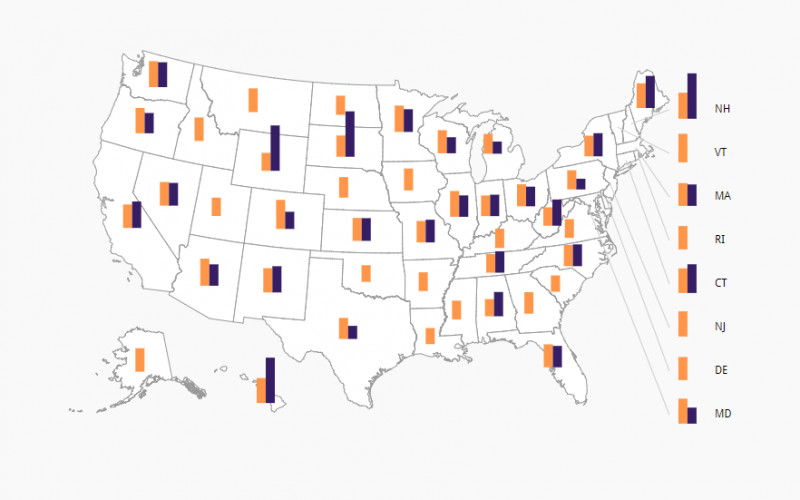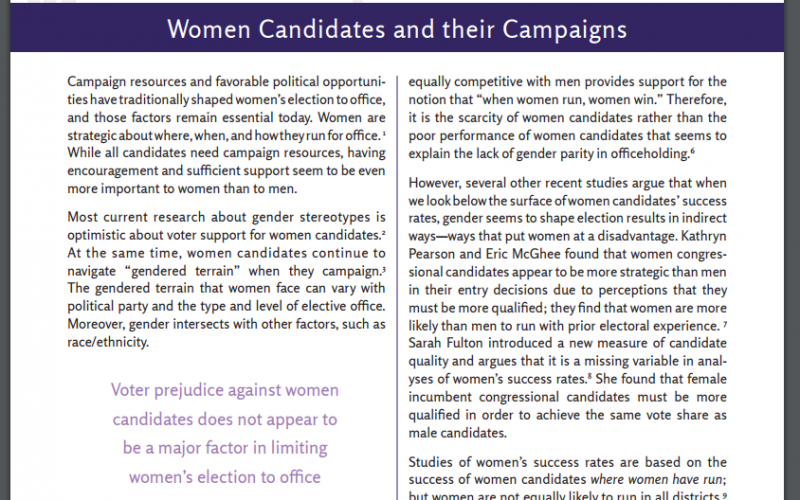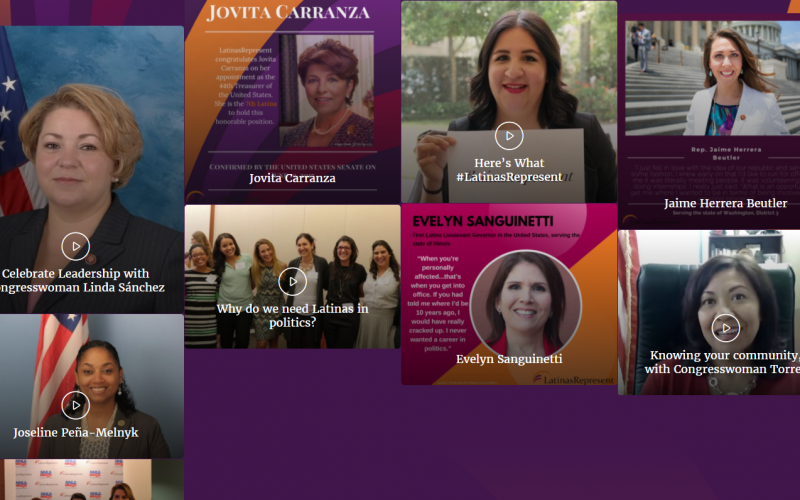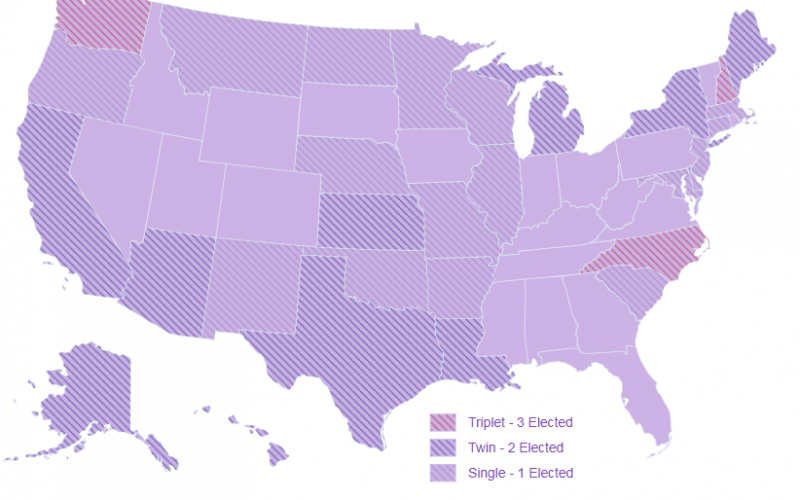

We're proud to share a free reader compiling key research, Path to Parity: How Women Run and Win. By exploring women's underrepresentation in US elected office, it can help catalyze students, teachers, leaders, researchers, funders, candidates, and committed citizens to change the face of our politics.
Get the Reader
Through quantitative and qualitative studies, Political Parity has analyzed avenues and obstacles for women’s advancement into highest-level politics. This free report distills research on women candidates and elected officeholders, illuminating issues and proffering strategies for overcoming barriers to political parity.
Learn More
The importance of having women serving in Congress is not fully appreciated or understood. This major research study of the 114th Congress documents women’s contributions to governing and helps us understand how women are navigating party polarization.
Learn More
After Political Parity released its groundbreaking “Twin States” research, we wondered if the same trends were true at the congressional level as well.
Learn More
Are women in Congress really more likely than their male counterparts to work together and get things done, regardless of party lines?
Learn More
We worked with some of the nation’s top political consultants, pollsters, and researchers to understand why Democratic women are elected to Congress at far greater rates than their Republican counterparts.
Learn More
Intended for political leaders, campaign professionals, journalists, scholars, and the general public, the inventory provides a systematic review of current and past research in the field of women and American politics. The goals are to identify strategies that can be used to elect more women and to determine whether there are important research questions yet to be addressed.
Learn More
A national debate has sparked over the dearth of women in leadership positions. Are they held back by lack of ambition or disadvantaged by the existing political infrastructure? With more women greatly needed in public office, what can we do?
Learn More
The 2012 presidential election proved that Latinas were active members of our democracy, showing up to vote in record numbers.
Learn More
An analysis of how political and demographic characteristics differ in states that have elected two women to the US Senate (or one female senator and a female governor) versus states that have not elected any women.
Learn More